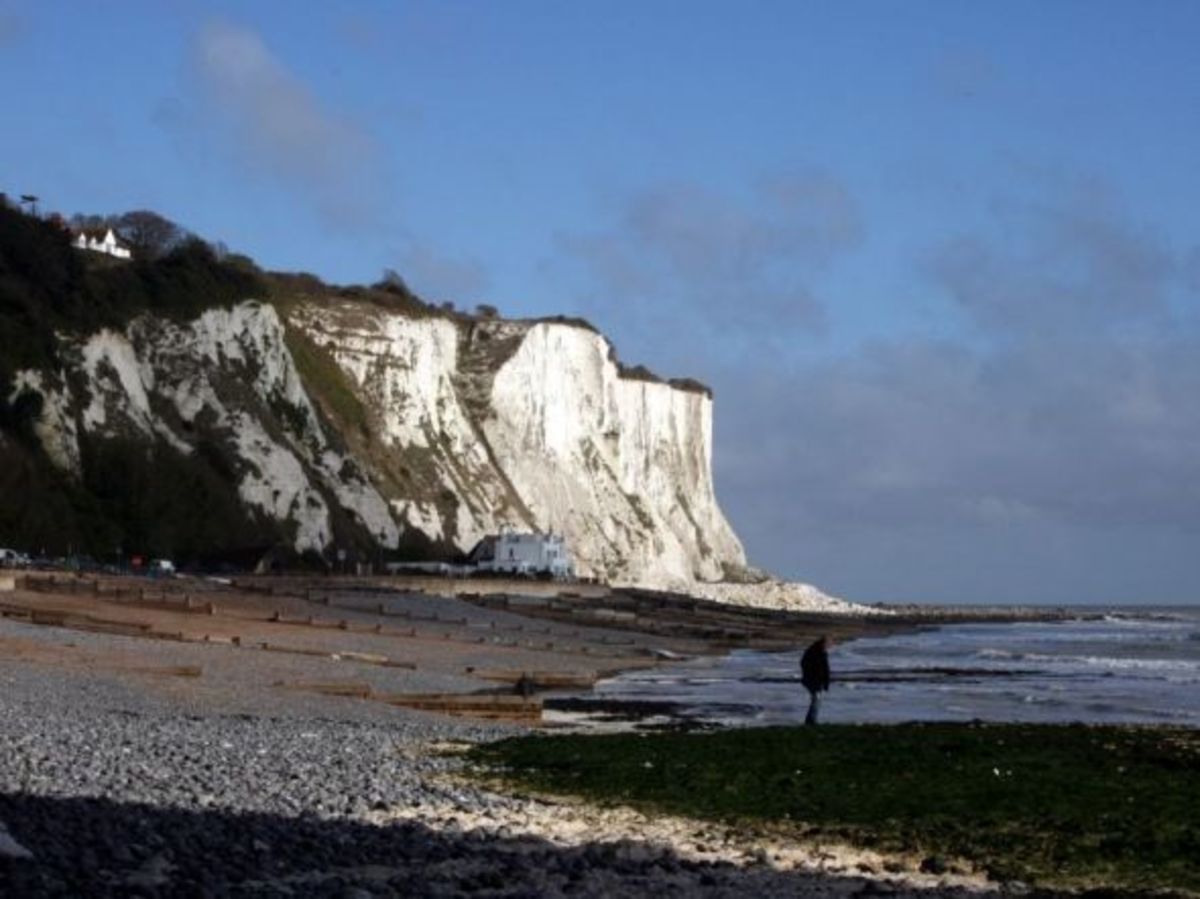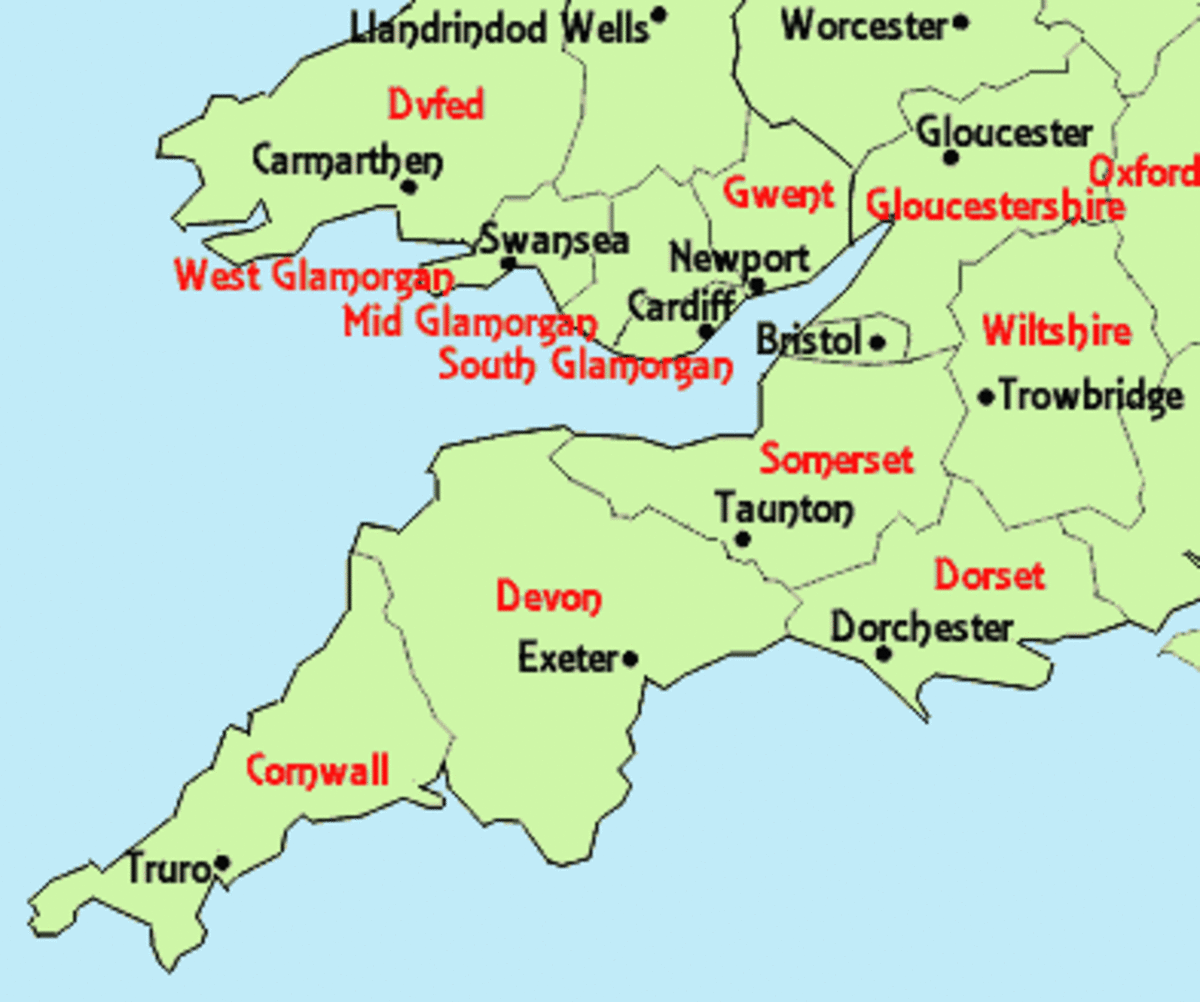- HubPages»
- Travel and Places»
- Visiting Europe»
- United Kingdom
Hogwarts, microcosm of English history (2)
Harry Potter and the Fan-Vaulted Ceilings
When Harry Potter and his magically delicious friends wander around Hogwarts School of Witchcraft and Magic, they actually are wandering through several historic sites, albeit computer enhanced. The most prominent in the film is historic Alnwick Castle, used for exterior shots, but from an aesthetic viewpoint, Gloucester Cathedral is my favorite site.
When I first saw Harry Potter and the Philosopher’s Stone and especially Harry Potter and the Chamber of Secrets , the corridor, where the handwriting was literally on the wall, captured my interest. The fan-vaulted ceilings in particular, struck me as elegant and graceful. I wondered where they were.
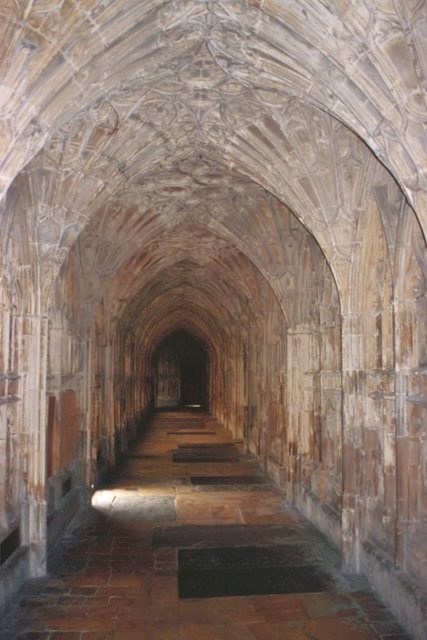
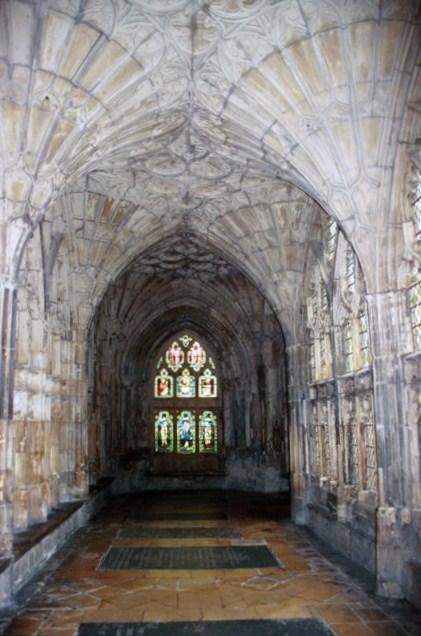
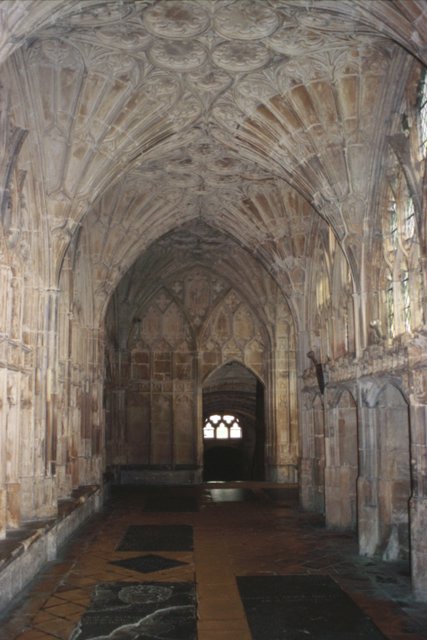
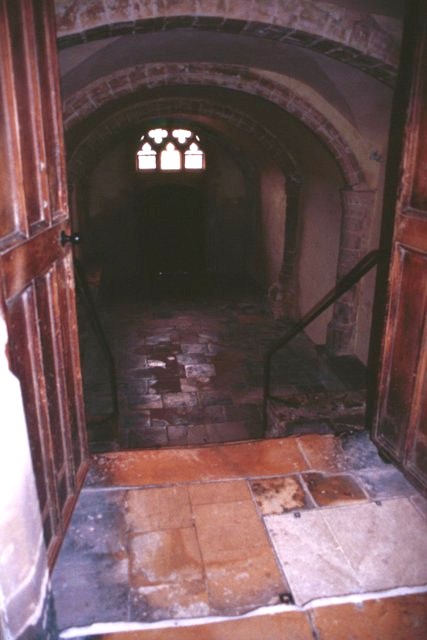
A Cloistered Life at Gryffindor
As I watched other Potter movies, the settings became as intriguing as the action, and I set off to Merry Old to learn more about them.
The fan-vaulted ceilings that first caught my attention are in the cloisters at Gloucester Cathedral. Believed to be the oldest examples of such ceilings in England, they and rooms attached to the cloisters also served as a classroom setting and the interior of Professor McGonagall’s office. Through lighting and illusion, a tiny and mundane entry off the southeast corner became the entrance to Gryffindor House’s common room.
Other scenes show Harry, pals Hermione Granger and Ron Weasley and extras from the adjoining school portraying fellow student wizards walking in cloisters or through the interior courtyard, or garth. I find the ceilings so attractive that I have a set of several photos of them on my living room wall.
When William of Normandy, now also William I of England, issued orders for the Domesday Book, tradition holds that he did so from the Abbey of St. Peter. The Domesday Book, which is preserved in the National Archives, Kew, in London, was a national audit or survey of the general population outside of castles and major cities.
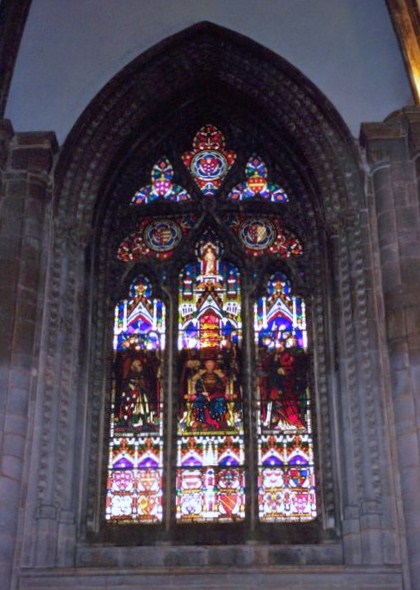
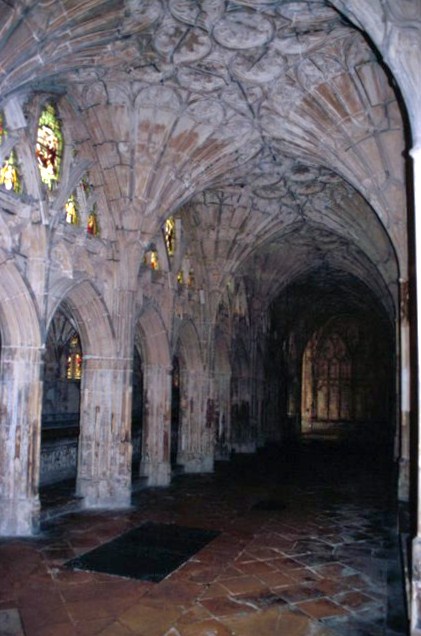
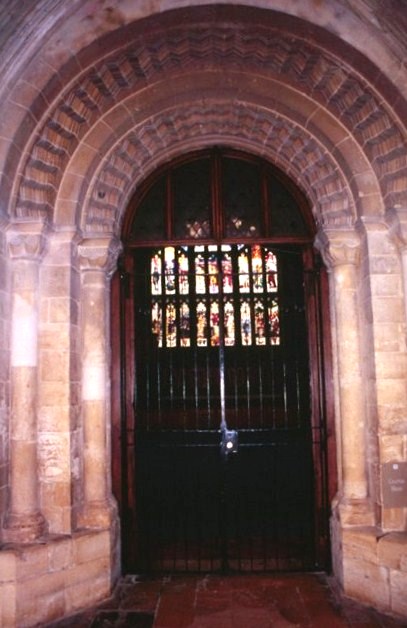
By 1216, the church’s prominence and stature were such that Henry II, William the Conqueror’s nine-year-old great, great grandson, was crowned there. A stained glass window commemorates the coronation of the only monarch since William I to be crowned outside of Westminster Abbey. During the 13th century, the church continued to grow, adding a refectory, tower, and Lady Chapel.
But early in the next century, a new era of prosperity and growth for the church began when the soap opera that was King Edward II was interred here after his assassination at Berkeley Castle. As juicy as it is, I refuse to let Edward’s story deter me from the story of Gloucester Cathedral. For now.
Edward’s lavish monument became a popular destination for pilgrims, and the church’s royal connection and increased popularity provided the funds to expand and improve the structure.
The abbey grew in size, wealth and power until 1540, when Henry VIII dissolved the monasteries. The Abbey of St. Peter became Gloucester Cathedral the following year.
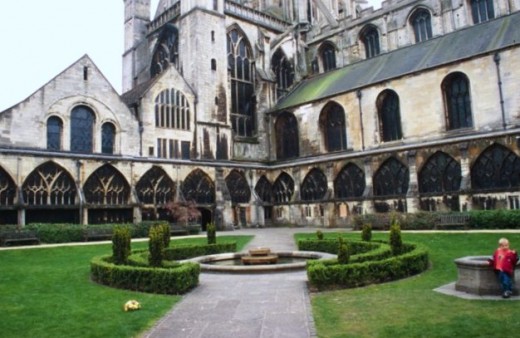
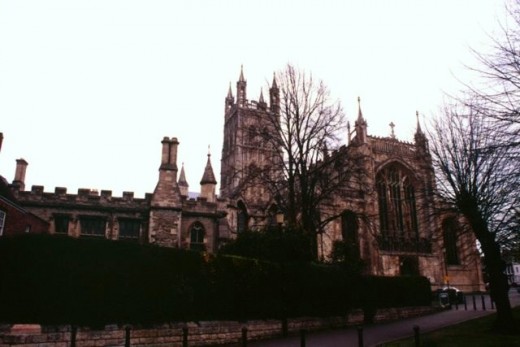
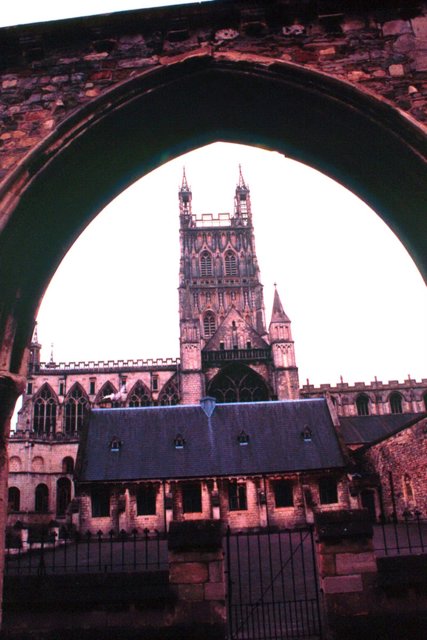
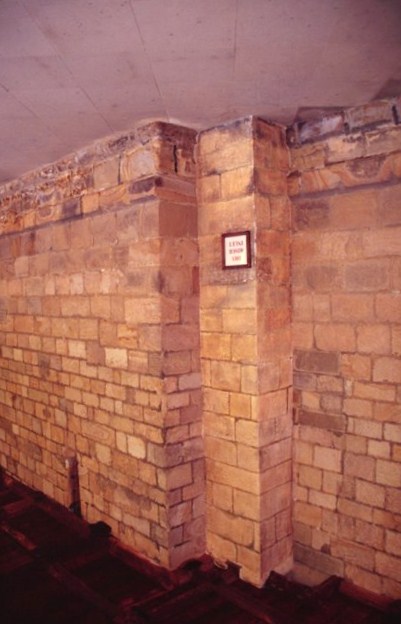
A transformation devoutly to be witched
To transform this religious institution to a pagan school of magic required extensive and temporary changes. Christian elements of the non-sectarian school for witchcraft and wizardry entailed concealing halos on stained glass and even, I am told, adding lightning bolts to the foreheads of Adam and Eve, no longer naked.
This church has history. Christians have worshiped on the site since King Ethelred gave permission to found a monastery dedicated to St. Peter here in 681. The monastery was falling into disrepair by the 11th century, when William the Bastard, (also known as Guillaume, Duke of Normandy from the age of seven), conquered England. Shortly after becoming William I, he appointed Serlo, a Benedictine monk from St. Michel in Normandy, abbot of the struggling Abbey of St. Peter. Serlo quickly improved the abbey’s fortunes and, by 1072, had begun building the abbey a worthy church.
Benefiting from Serlo’s energy and royal connections, the abbey grew in size and wealth and accrued extensive landholdings in Gloucestershire and nearby South Wales. In 1089, construction of the stone cathedral began.
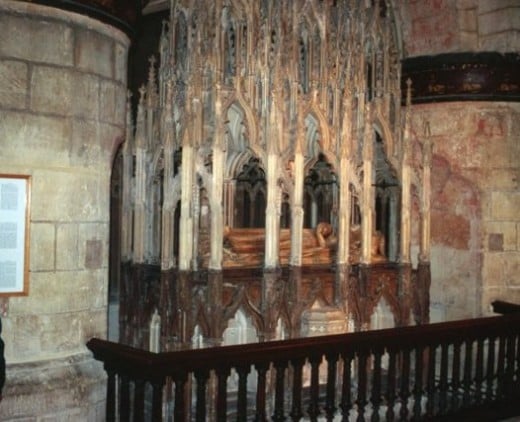
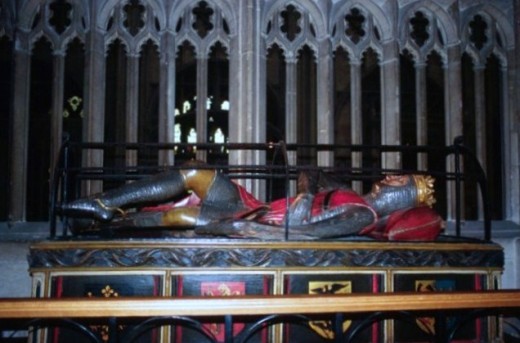
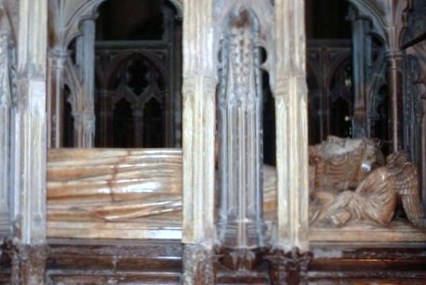
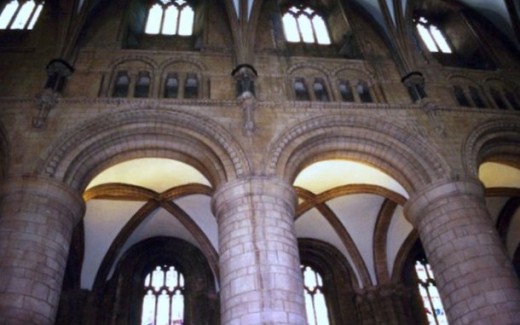
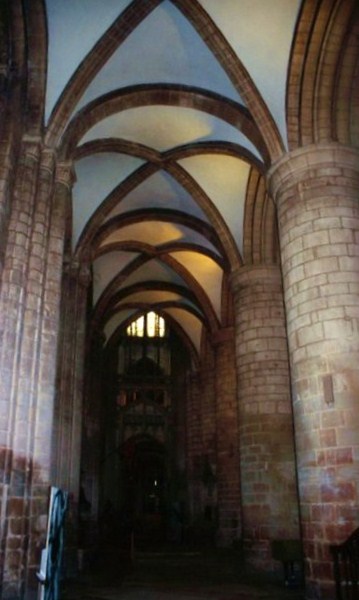
A royally dysfunctional family
In 1087, William was mortally injured in Mantes while fighting the French king over the Vexin, a territory between Normandy and Paris. William died a few days later in Rouen and is buried in Caen.
At his death, William gave Normandy to his eldest son, Robert Curthose, who was unhappy that his brother William II got England. Robert was – rebellious. He waged war, not only in the Crusades, but also against his father and two brothers. In 1105, one of his brothers, Henry I, invaded Normandy and captured Robert, whom he imprisoned at Castle Cardiff in Wales, (not far from Gloucester) where he died in 1134, after more than two dozen years in captivity.
At his request, Robert, was buried in the Abbey Church of St. Peter, to which he had contributed generously. While the exact location of his remains is unknown, a colorful effigy carved from bog oak honors him, the crossed legs indicating his service in the Crusades.
Edward II, grandson of Henry III, was the first Prince of Wales and the first king to found colleges at both Oxford and Cambridge. Known for extravagance and instability, Edward was banished from court, and Parliament confronted him for his incompetence and wantonness. Edward lost Scotland when Robert the Bruce defeated his much larger forces at the Battle of Bannockburn, and he was infamous for his dalliances with both sexes. After his wife forced him to abdicate his throne in favor of his 14-year-old son, Edward was imprisoned at Berkeley Castle (in Gloucestershire) where, as a stained glass window in the south wall shows, he was murdered.
I think it fair to say that this was a dysfunctional family.
Nonetheless, after his father’s death, Edward III ordered construction of an alabaster effigy and ornate Gothic canopy in the Cathedral’s north ambulatory. The tom was a boon to the struggling church, as money from the multitude of visiting pilgrims provided needed funds for construction. Pillars near the tomb were cut away to accommodate the flood of visitors.
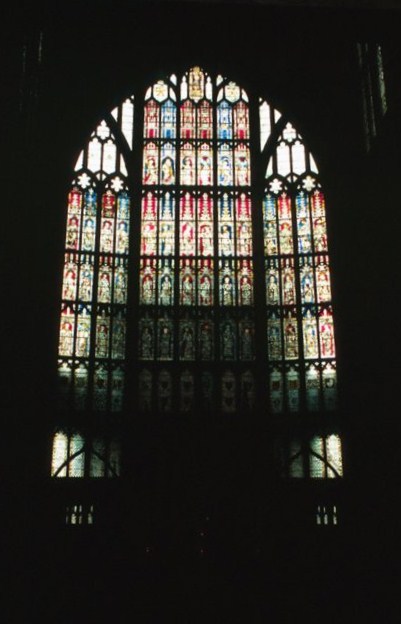
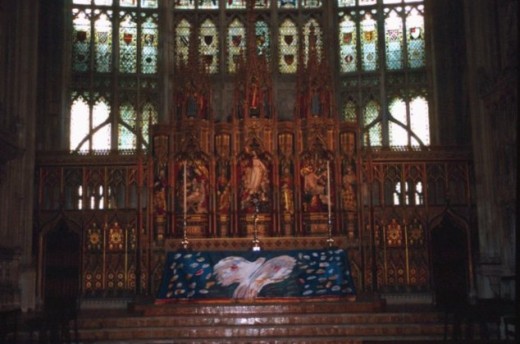
But wait! There's more
The Cathedral continued to meld secular and religious themes when Richard II, called Parliament into session there in 1378.
In another peculiar nod to the secular world, a 1350 stained glass window represents golf, possibly the earliest depiction of that addiction. Another window, the clerestory or Great East Window is the largest stained glass window in England.
Perhaps surprising is the presence of an American flag prominently displayed in the Cathedral Church of St. Peter and the Holy Invisible Trinity, as it is called for short. The flag marks the burial site of John Stafford-Smith, the church organist who composed a popular British drinking song that Americans know better as the music to which Francis Scott Key set his poem about a Star-Spangled Banner
So, the vaulted ceilings that first caught my eye in Harry Potter proved to be only the surface of the complex and intricate story of a site that is not only integral to English history, religious and political, but also an architectural marvel of singular beauty.


